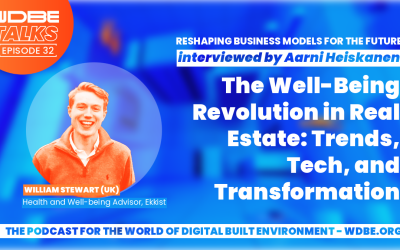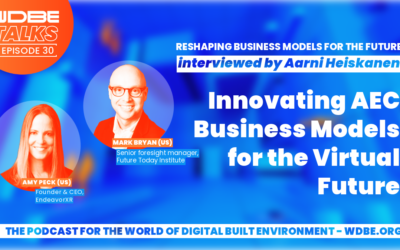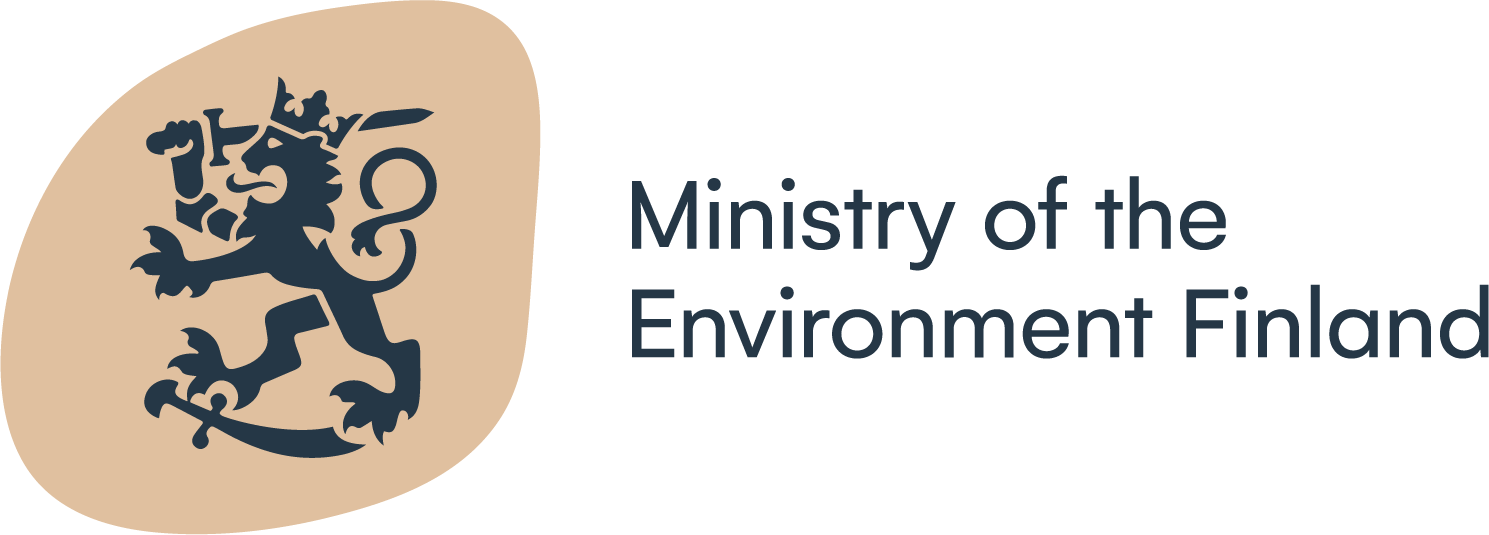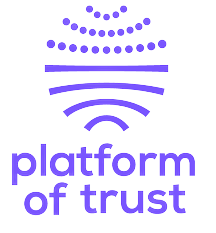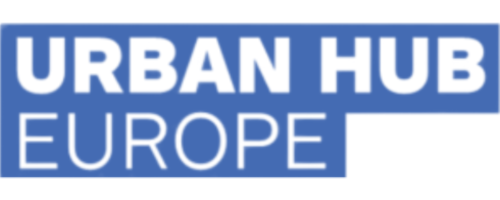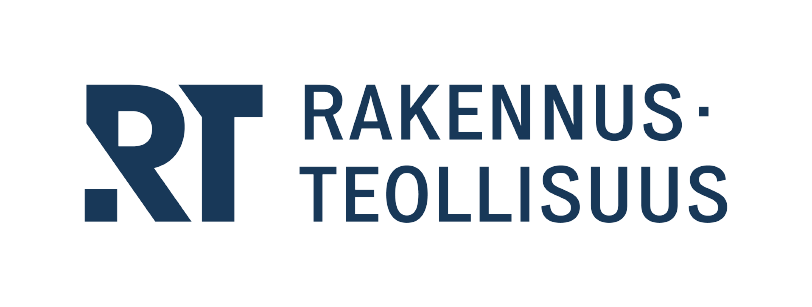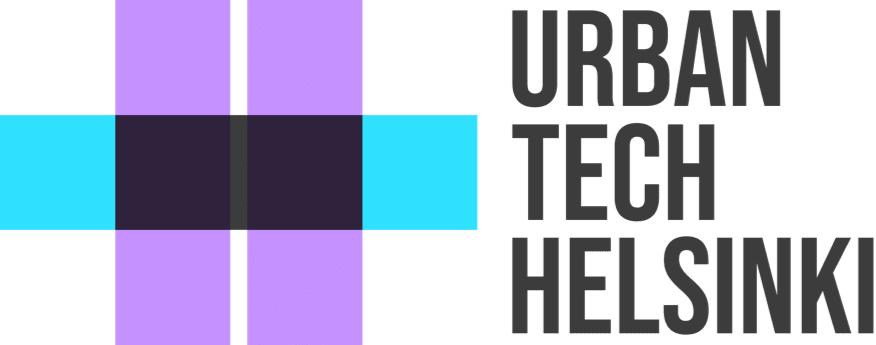WDBE UPDATES // Meet our keynote speaker!
Meet Marzia Bolpagni,
Head of BIM International at Mace
Marzia Bolpagni will be a keynote speaker at WDBE in September 2023. In this interview, we learn about her passion for modernizing the construction industry to become more productive, sustainable, and inclusive.
Marzia is a building engineer by background. She became interested in BIM, Building Information Modeling, during her studies at the University of Brescia, in her hometown in Northern Italy.
Professor Angelo Ciribini, an internationally renowned BIM pioneer, encouraged Marzia to complete her master’s thesis in Finland at VTT Technical Research Centre. She considers her ex-VTT colleagues Markku Kiviniemi and Kristiina Sulankivi as her ”father and mother on BIM,” as they led her to become a specialist in the field.
VTT published Marzia’s master’s thesis on how BIM should be implemented in public procurement in 2013. A few years later, she completed her studies with a PhD in ICT and Smart Construction at the Politecnico di Milano.
Helping international clients with digital transformation
Today, Marzia is Head of BIM International – Associate Director at Mace, an international construction and consultancy company. The firm is known for many iconic projects, such as the London Eye, Renzo Piano’s Shard, and Tottenham Hotspur New Stadium.
“I support international clients in implementing Building Information Modeling and also to start or to further develop their journey in implementing digital transformation,” Marzia explains.
The construction industry has traditionally concentrated on the physical side of buildings and infrastructure. This orientation is rooted in the culture of the industry and even academia. However, over the last few years, we’ve seen how leading organizations have realized the value of data and information in solving the industry’s burning problems.

Industry 4.0 drives sustainability with data
The emerging Fourth Industrial Revolution depends on data flow across processes and organizations. In construction, the Industry 4.0 concept means industrialized methods that utilize automation, robotics, AI, IoT, and other digital technologies.
Data and information are critical to making the industry more productive and sustainable. The 2050 carbon neutrality goals, net zero buildings, and circularity are within reach if current data gaps between processes and organizations are filled. Otherwise, valuable information is lost or becomes unusable.
Marzia has been a keen proponent of data standardization and participates in international standardization efforts. She reminds us that without standardized data, we can’t, for example, compare the life cycle carbon footprints of materials and products used in construction.
Governments start requiring the use of BIM
Public sector organizations can be both users and owners of buildings and infrastructure. They’ve seen the value of BIM in managing construction, operations, and the use of built assets. Consequently, governments in the UK, Hong Kong, the United Arab Emirates, Italy, and Spain have set BIM mandates for their construction projects.
The UK’s BIM mandate dates from 2016 and has since been supplemented with a further information management mandate in 2021. Though some organizations have invested seriously in honing their BIM practices and they benefit from BIM adoption, there is still work to be done to make BIM business as usual in the UK.
“One of the reasons, maybe, why there is so much diversity is because there has been a mandate, but there have not been penalties,” Marzia remarks.
Three ways forward
But is a government order the only way to make the industry adopt BIM? Marzia says there are three basic ways to advance the use of BIM, referring to Succar and Kassem’s work.
Mandates represent a top-down approach. In the middle-of-the-road model, large organisations and associations push the use of BIM and can show success stories that inspire others to follow suit. Finally, there’s the bottom-up approach, where small organizations start experimenting and adopting BIM.
Marzia states that there’s no one right way to implement BIM. She says it depends on many factors, including the local market structure, culture, and technological maturity. To make the digital transformation as easy as possible, we should practice “digital minimalism.” When technology helps solve highly valuable aspects and not to distract us.
Setting an example as a female technology leader
Women in construction are still a tiny minority, just 10.9% of the workforce, according to studies. On construction sites, there’s only one woman per every 100 employees.
Some have claimed that digitalization makes it easier for women to enter the construction sector. Technology may help in the transition, but the industry needs to let go of stereotypes, as Marzia notes: “If you close your eyes and think about an engineer, for example. Then we think about a white man on the construction site digging, maybe, a hole.” We should change this perception to attract diverse talent.
Marzia has set an excellent example for young women considering a career in the industry. She has been recognized as a female leader in a male-dominated business environment. Her accolades include Young Engineer of the Year, Top 50 Inspiring Women in Tech, and Women of the Future.
Meet Marzia at WDBE
You can learn more about Marzia’s thoughts on WDBE Talks, the podcast for the World of Digital Built Environment. To hear her keynote and meet her in person, come to WBDE in September 2023. Meanwhile, connect with her on LinkedIn and Twitter.
More Updates
WDBE 2024 Awards Winners: Highlighting the Advancement of Built Environment
The World of Digital Built Environment (WDBE) Summit announced the winners of the WDBE 2024 Awards which highlight notable digital advancement in the built environment. This year, submissions were received across six categories, showcasing practical and innovative solutions in areas such as sustainability, research, project delivery, and AI.
WDBE-talks: The Well-Being Revolution in Real Estate: Trends, Tech, and Transformation
In the podcast episode, William delved into the burgeoning field of health and well-being in the built environment, a relatively new focus within real estate. He shared his journey from project management and asset management to his current role, driven by a keen interest in how our living and working environments impact our health.
WDBE-talks: Industrializing construction: Myths, Realities, and Future Prospects with Amy Marks and Kevin Cardona
In the podcast episode, Amy and Kevin discuss the challenges the construction industry faces and the necessity of shifting business models to achieve more sustainable and efficient construction practices.
WDBE-talks: Innovating AEC Business Models for the Virtual Future with Amy Peck and Mark Bryan
In this episode of WDBE Talks, Aarni Heiskanen had the pleasure of hosting two distinguished guests from the USA: Amy Peck, Founder and CEO of EndeavorXR, and Mark Bryan, Senior Foresight Manager at Future Today Institute. Amy and Mark will deliver keynotes at the upcoming WDBE 2024 conference, focusing on reshaping built environment business models for the future.
Digital Transformation of the Built Environment Sets New Requirements: Future Today Institute Expert Sheds Light on Future Prospects at WDBE2024 Summit
Mark Bryan, Senior Foresight Manager at the Future Today Institute, which focuses on strategic foresight, has been confirmed as a speaker for the World of Digital Built Environment (WDBE) 2024 Summit.
WDBE-talks: New Business Models Unveiled with Olivier Lepinoy and Jaan Saar
In this WDBE Talks episode hosted by Aarni Heiskanen, two WDBE 2024 keynote speakers,
Olivier Lepinoy and Jaan Saar, discuss the significance of reimagining traditional business
models within the construction sector.
Olivier is the visionary founder of HYPER Construction, and Jaan is the Chief Evangelist at Future
Insight. Both thought leaders have experience innovating business models and share their
insights in this podcast.



